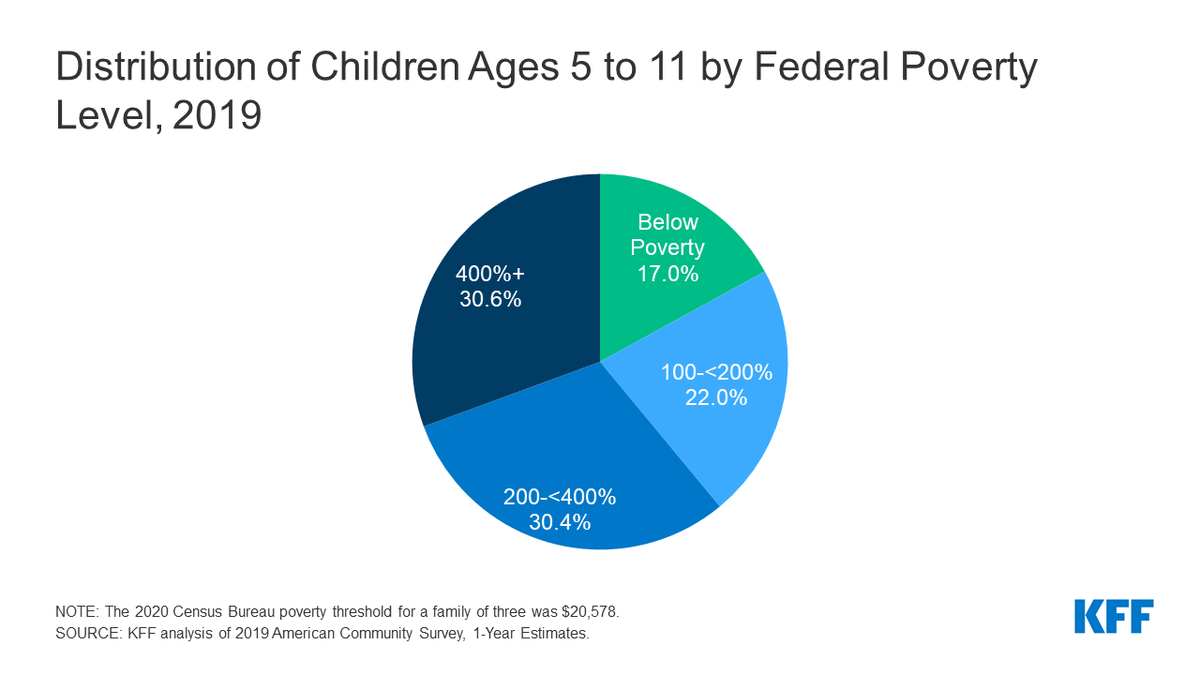So, what about kids and #COVID19 and schools? @joshmich and I explore this in a new @KFF brief as schools across the country contemplate reopening and the federal government is encouraging it.
kff.org/coronavirus-co…
kff.org/coronavirus-co…
The U.S. is considering reopening schools even though it has much greater community transmission than other countries, at the time they reopened (see Table). A greater # of cases, cases per capita and, in all cases but one, a greater positivity rate. 

However, our review of the latest available data indicates that, while kids are more likely to be asymptomatic if infected, and less likely to experience severe disease (though a small subset become quite sick), they do transmit to both children and adults.
Where we still need evidence?
- whether children are less likely to be infected than adults
- when infected, the frequency and extent of their transmission to others
- are younger kids really less likely to transmit than older kids?
- whether children are less likely to be infected than adults
- when infected, the frequency and extent of their transmission to others
- are younger kids really less likely to transmit than older kids?
Even though most other countries that have reopened have not experienced severe outbreaks in schools or among kids (and again, they had less community transmission) several disease clusters connected to schools and children have been reported (we discuss in the brief).
Bottom line? The evidence indicates that where there is widespread community transmission, as in much of the U.S., there is clearly a risk of further spread associated w/ reopening schools.
This risk needs to be considered carefully in light of the recognized benefits of in-person education.
On a personal note, as a parent, these are VERY tough decisions, but the context (of the outbreak) matters.
On a personal note, as a parent, these are VERY tough decisions, but the context (of the outbreak) matters.
• • •
Missing some Tweet in this thread? You can try to
force a refresh








